Home Maintenance Tasks For Every Homeowner
Have you ever wished your home came with an instruction manual? A home is one of, if not THE biggest purchases you will ever make. Unlike your car or that fancy new appliance you bought, it doesn’t come with home maintenance literature. Sooner or later your home will need general maintenance and upkeep. Help keep your home in good shape by learning more about common tasks homeowners come across.
With a little bit of time and guidance, most homeowners can learn how to tackle essential repairs on their own. To help you get started, Fixer has put together a typical list of home maintenance tasks.
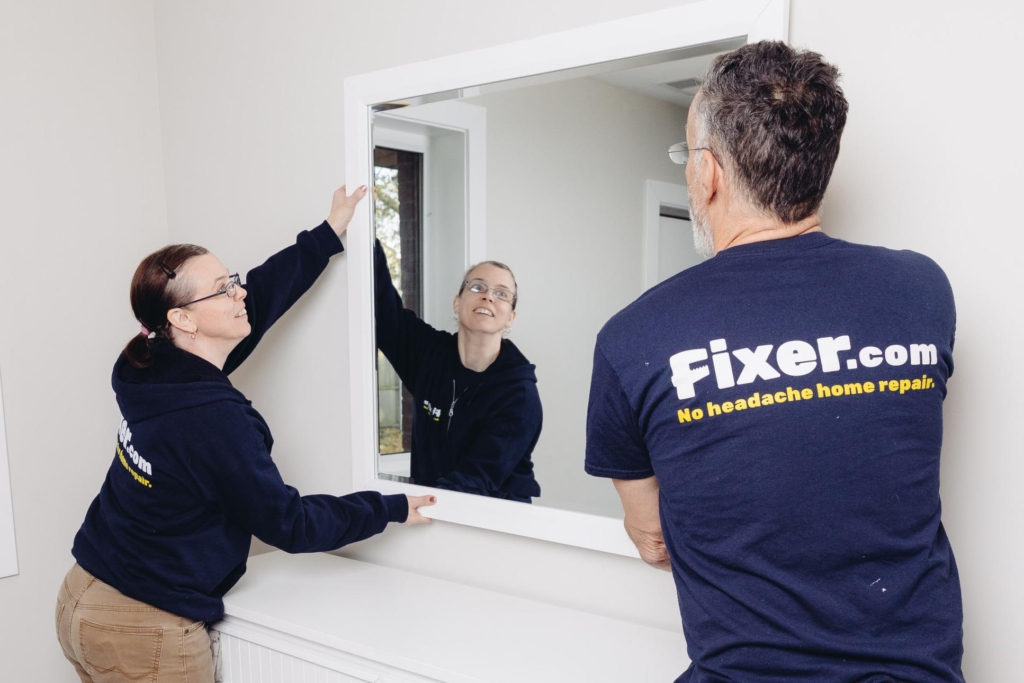
Mounting & Hanging
There may be more things than you realize that you’ll need to hang or mount. Learning this skill sooner rather than later is a great idea! Whether it’s pictures, shelves, mirrors, decor, curtains, or blinds, you’ll be able to quickly freshen up any room. Check out Fixer’s detailed video guide here, to learn more about how to hang and mount items on drywall. You’ve got this!
Tools & Supplies Needed: a quality stud finder, laser level, drywall anchors (select based on the weight of the item you are hanging), and a power drill.
Unclogging Drains
Whether it’s your sink, tub, or toilet, a clogged drain is one of the most common plumbing issues. Common signs that may indicate problems are: slow draining showers or bathtubs, puddles of water near or around toilets or laundry units, and a bubbling sound coming from toilets and drains. If you notice any of these warning signs be sure to quickly address them to avoid bigger issues. If store bought drain cleaners or homemade solutions do not work, you may need to try a drain snake tool. More details on how to accomplish this are here.
Tools & Supplies Needed: if liquid drain cleaners aren’t able to dissolve the clog you may need a plunger or drain snake tool.
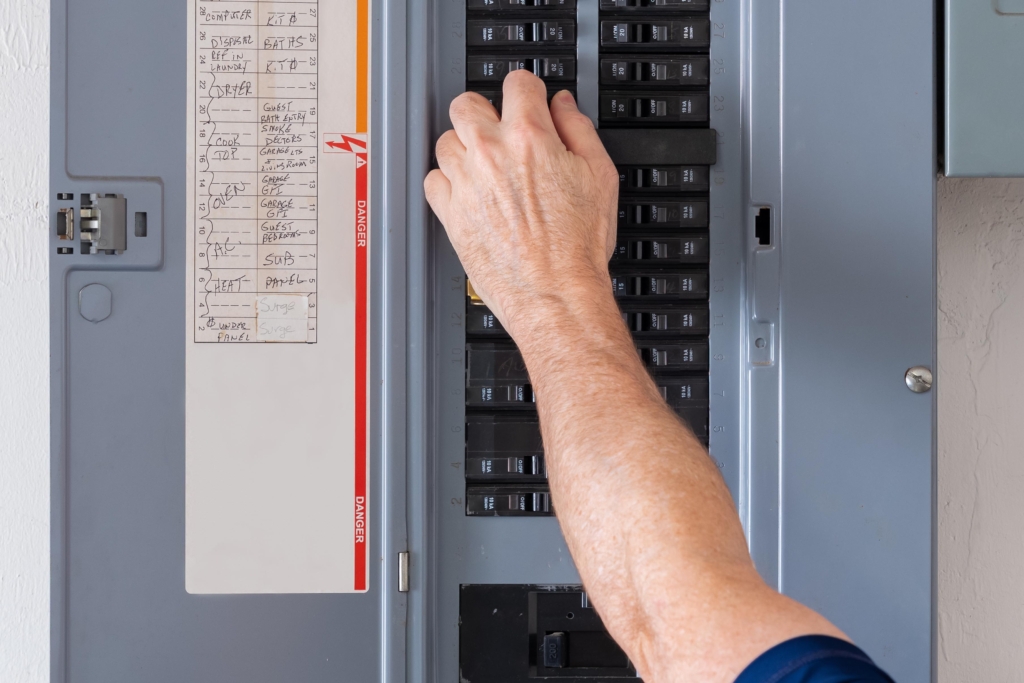
Resetting a Tripped Circuit Breaker
A circuit breaker is an electrical safety switch designed to protect a circuit from overload. The circuit breaks are located in an electrical panel. Once a circuit is overloaded, the breaker will shut down power for that particular circuit; this is commonly called a tripped breaker. If you have several appliances plugged into one circuit, they can draw too much power at once causing it to trip. If it does, knowing where your circuit breaker box is located is the first step.
Generally, circuit breakers are located in low-traffic areas of the home, such as a basement, garage, or utility closet. Before heading to your box, unplug anything you had plugged in and had running. Especially the last thing you turned on, which is likely the culprit of the outage. Then, you’ll want to look for the switch that has tripped, which will be in the off position and flip it back to on.
Changing Filters
Knowing what filters you’ll need to clean, check, or replace is necessary to ensure your appliances are running properly. Here are some common ones you should be aware of:
Furnace filter– typically changed every 3 months. Depending on the thermostat you have, it may alert you when the filter needs changing. If not, you can set a reminder and have replacement filters on hand. Keep them organized by labeling them by date ahead of time.
Dryer lint filter– lint should be cleaned out after each cycle and a more thorough cleaning done with soap & water once every few months. You should also inspect your dryer duct for lint build up every few months. Due to lint build up being a fire hazard, it’s extremely important to get into the habit of cleaning these filters out regularly.
Dishwasher filter– this filter grinds up food particles that can be washed away with the wastewater. Routinely cleaning this filter can prevent the machine from needing repairs and smelling funky.
Oven range or over range microwave filters– these filters catch cooking fumes and grease, but if there is too much build up it can prevent your exhaust fan from being able to vent properly. Fixer recommends cleaning these at least twice a year in warm, soapy water. If you’re struggling to get these clean try soaking them in a good degreasing soap first. If that still doesn’t work, you can easily replace them with new ones.
Window air conditioner filter– most window A/C units have a filter, and some models even alert you when a new filter is needed. You’ll want to make sure to clean the unit by vacuuming any dust and debris from the filter. Then wash the filter with a mild dishwashing liquid. Be sure to let it dry completely before reinserting.
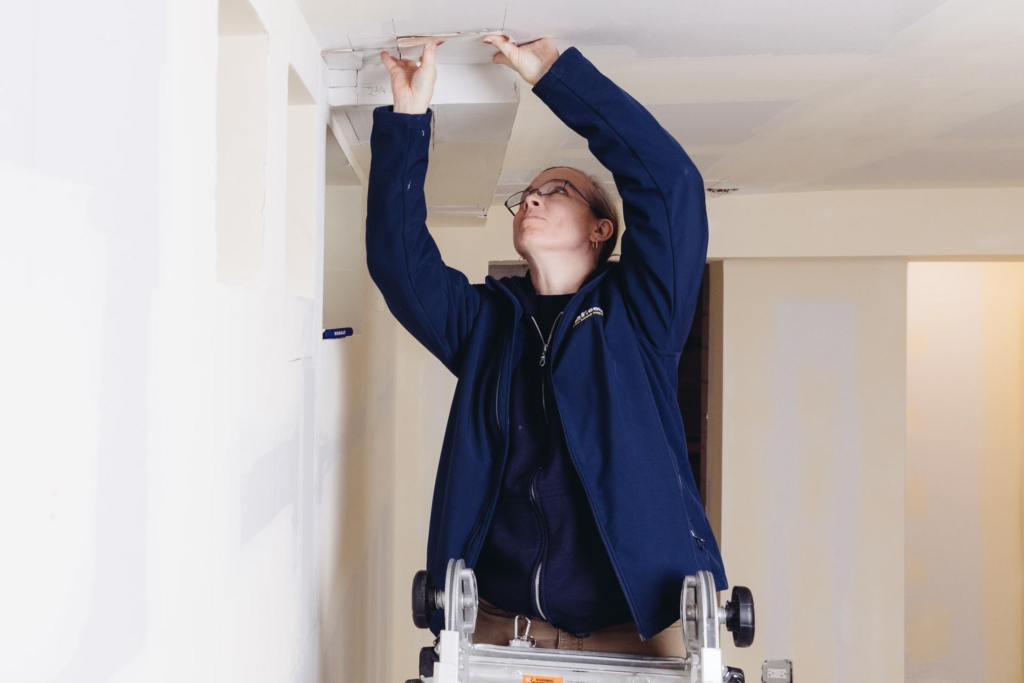
Patching Drywall
Drywall can get dings or holes in it over time whether it be from furniture, pets, kids, or simply from hanging things on the wall. There are many different ways to repair drywall, depending on the size and location of the hole or crack. And the approach you take will be different if you have a small hole versus a large hole. A crack in the seam will require a different repair than a crack in the corner. Generally speaking, fixing drywall is easy and inexpensive, but it can sometimes be a little time-consuming. Once you have completed the repair, give the spackling time to dry prior to sanding and painting. Nevertheless, if your drywall is in need of repair, Fixer can help. We’ve put together a series of videos based on repairing drywall:
- regular hole in drywall
- small holes in drywall
- large hole in drywall
- hole repair without a patch
- drywall crack that keeps coming back
- cracks in drywall
- ceiling cracks in drywall
- bulging seams in drywall
Tools & Supplies Needed: spackling, putty knife, sanding sponge, drywall compound, possibly a patch kit depending on the size and location of the hole (eg. ceiling).
Cleaning Gutters
By removing the leaves and debris from your gutters and downspouts, it’ll prevent water from getting trapped. You’ll want to avoid having standing water in your gutters, as it can cause significant damage that can be costly. Most homeowners clean their gutters twice a year in the Spring and the Fall.

Turning Off Water Supply
Before you begin to attempt any plumbing repairs or upgrades like replacing sinks, toilets, or faucets be sure you know how to turn off the main water valve. Since water is capable of causing a lot of damage, this is something you should locate when moving in. Typically the shut-off valve is located in the basement or crawl space of the home. In case of any plumbing emergencies, you’ll know how to quickly shut off the main water supply to your home. Click here for Fixer’s detailed guide and learn how to replace a faucet, fix leaks, and repair other common plumbing issues.
Tools & Supplies Needed: in addition to a ladder, you’ll also need a pair of work gloves and garbage bags.
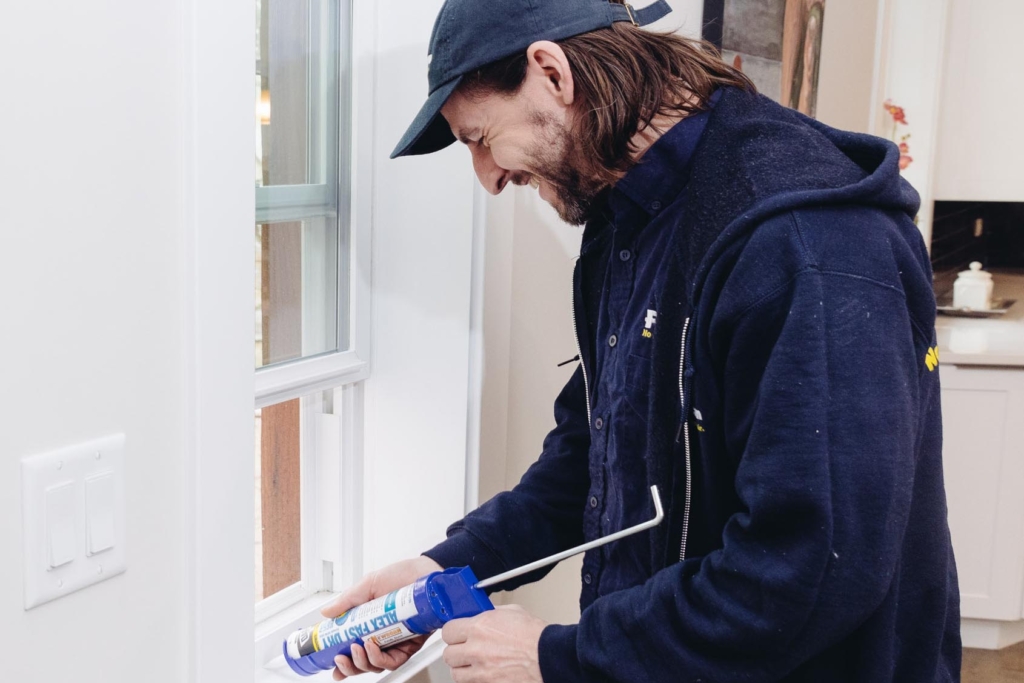
Interior Caulking
Fixer recommends to replace caulk in your bathroom(s) and kitchen every 5 years. While this doesn’t seem like often, maintaining and replacing your caulking regularly can help prevent unwanted issues. Damages that may be caused are peeling, cracking, and mold or mildew build up. Depending on the quality of caulk used, you may find that you need to replace it sooner. Common areas in your home caulk can be found are bathtubs, showers, sinks, windows, toilet bases, trim, and tiling.
Caulking isn’t too difficult of a task, but it can be time-consuming and messy. With a few pointers and some practice, there’s no reason you can’t get good at it! Click here for Fixer’s detailed DIY guides, and learn how to caulk different areas of your home!
Tools & Supplies Needed: caulk gun, painters tape, and caulk (selected based on application).
